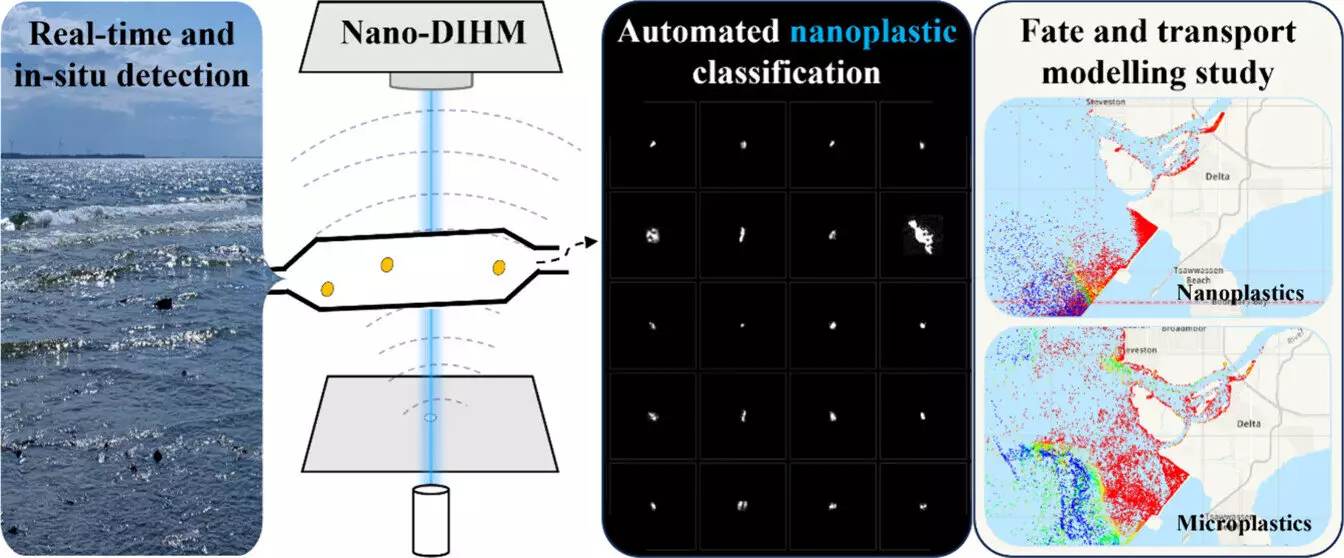The issue of plastic pollution in our water systems is a pressing global concern that requires innovative solutions. A recent study conducted by a research team led by McGill University has introduced a groundbreaking technology capable of detecting and deciphering nanoplastics in water in real-time. This advancement could potentially revolutionize the way we monitor and manage plastic pollution, leading to significant contributions to environmental preservation.
Nanoplastics, which are microscopic plastic particles smaller than one micrometer, pose a unique challenge for researchers due to their size and composition. Conventional detection methods have limitations when it comes to distinguishing nanoplastics from other particles in water. This creates a barrier to fully understanding the impact of nanoplastics on aquatic ecosystems.
The research team at McGill University has developed an artificial-intelligence-powered technology called AI-Assisted Nano-DIHM, which stands for Nano Digital In-Line Holographic Microscopy. This cutting-edge tool is equipped with the capability to detect and differentiate nanoplastics and microplastics in water, even when they are mixed with other particles. The ability to provide real-time analysis of plastic pollution makes this technology a game-changer in environmental monitoring.
The implications of the AI-Assisted Nano-DIHM technology are far-reaching. By accurately identifying and addressing pollution “hotspots” in water bodies, researchers and environmental agencies can take targeted actions to mitigate plastic contamination. Preliminary findings from testing in Lake Ontario and the St. Lawrence River have shown promising results, indicating the efficacy of this innovative approach in detecting micro- and nanoplastics.
The development of the AI-Assisted Nano-DIHM technology was a collaborative effort between McGill University and the National Research Council of Canada. The groundbreaking nature of this innovation has garnered attention from experts in the field and underscores the importance of utilizing cutting-edge tools to combat plastic pollution effectively. This collaboration represents a significant breakthrough in environmental monitoring practices.
The emergence of the AI-Assisted Nano-DIHM technology marks a significant milestone in the fight against plastic pollution in water. With its capacity to detect nanoplastics in real-time and differentiate them from other particles, this innovative tool offers a promising solution to the challenges posed by plastic contamination in aquatic ecosystems. By leveraging the power of artificial intelligence and advanced microscopy, researchers are opening new avenues for understanding and addressing the impact of plastic waste on our environment.


Leave a Reply